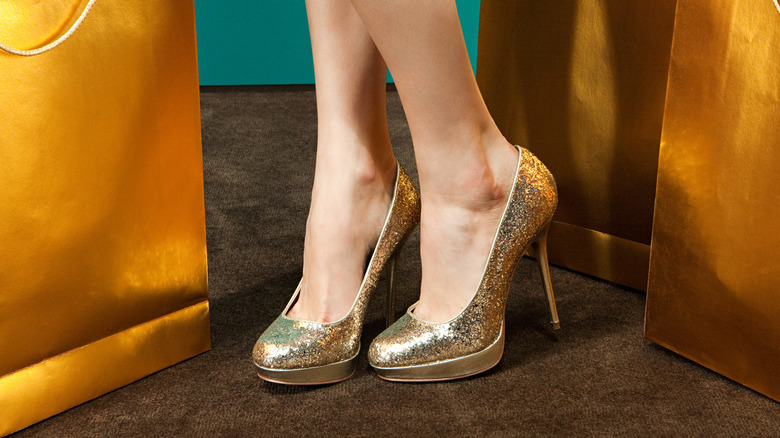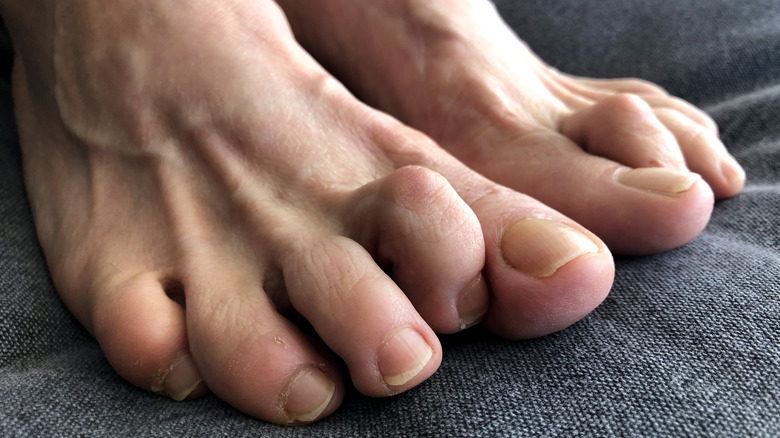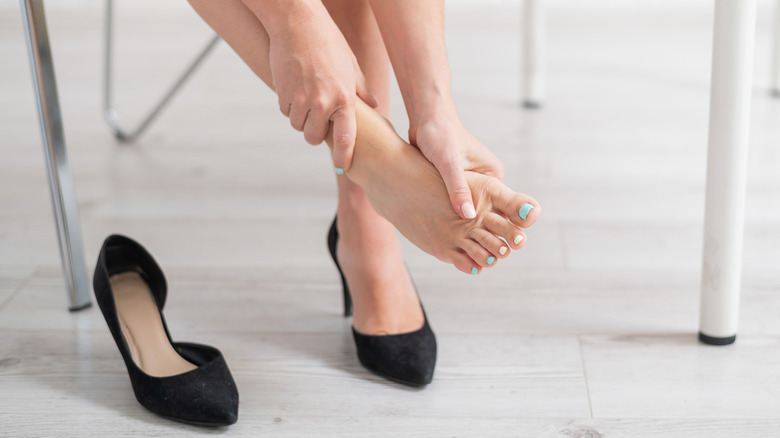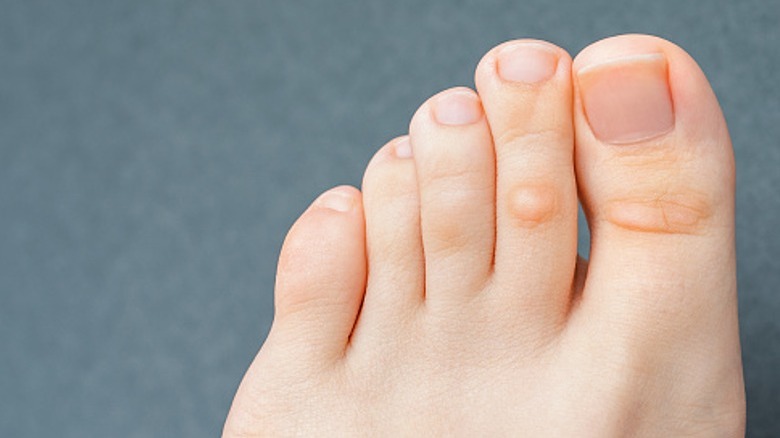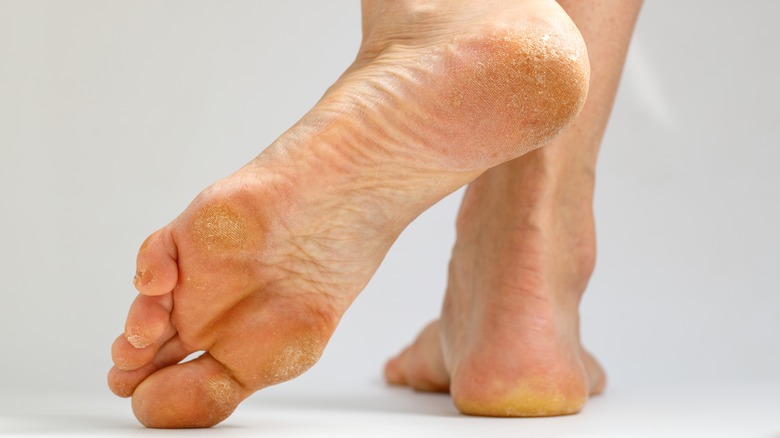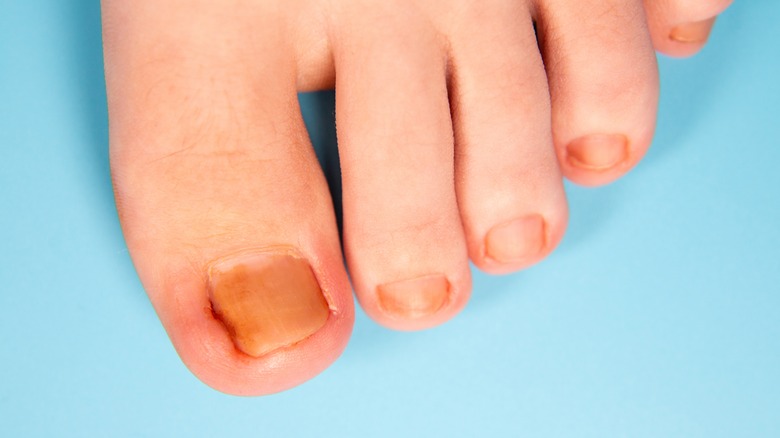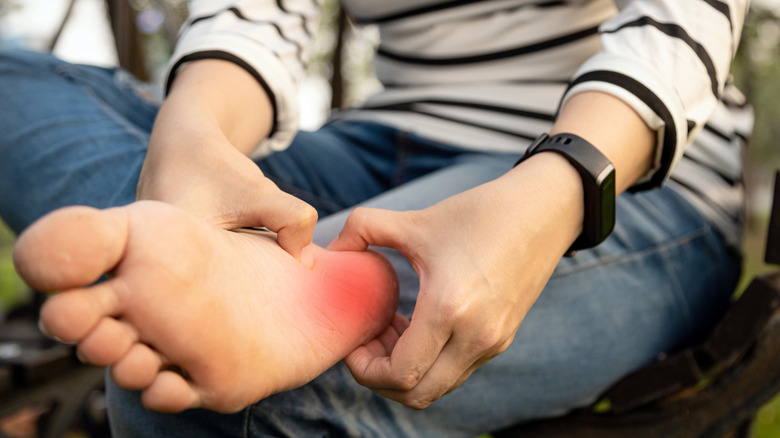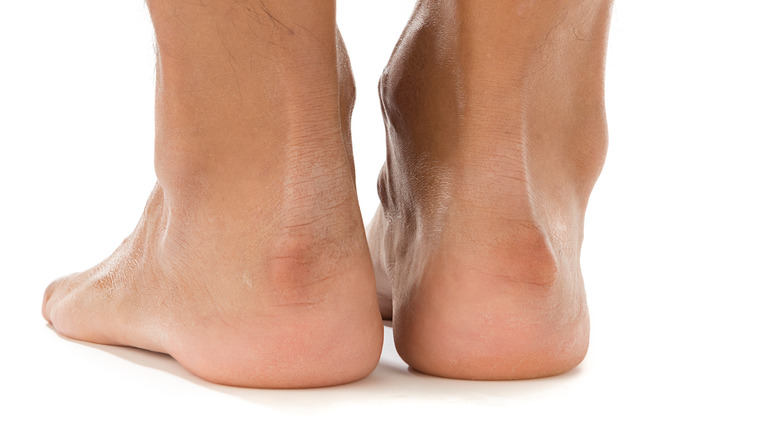7 Foot Conditions That High Heels Can Cause
Many women have either worn or admired a pair of high-heeled shoes at some point in their lives. They make you taller, improve your posture, and accentuate your calf muscles. They also complement almost any outfit, from a fancy cocktail dress to a classic pair of jeans and a t-shirt. However, every woman who has worn high heels knows their dark side; some can be uncomfortable or even painful to walk in. Fortunately, there are styles that offer both style and comfort, but they usually come with a higher price tag.
Although high heels need not be painful, even the most comfortable pairs can still cause foot problems, especially if worn daily or for prolonged periods. Excessive use can result in growths, deformities, and other unpleasant conditions. Some foot issues can be treated with over-the-counter products or at-home remedies, while others may require surgery. The most common problems associated with high heels might make you think twice about how often you wear them.
Hammer toes
A hammer toe is a deformity that occurs when one of the small toes bends upward toward the center joint. According to Mayo Clinic, wearing high heels is a common cause of this condition, as these shoes apply pressure to the top of the toes and often have a narrow toe box. In addition to the deformity, a hammer toe can cause pain, limited mobility, and redness in the affected area. It can even lead to other foot problems, such as corns and calluses, which can also be uncomfortable.
The good news is that hammer toes can be prevented by ensuring that shoes have enough room in the toe box and by limiting the frequency and duration of wearing high-heeled shoes. If you already have a hammer toe, it can be treated. Mild cases can be treated with orthotics (shoe inserts), toe exercises, or both. With more severe cases, or if the orthotics or exercise don't work, surgery is another option (per Mayo Clinic).
Morton's neuroma
Morton's neuroma is a benign tumor that affects the small toes, similar to a hammer toe. However, it is not visible and cannot be diagnosed simply by observing the foot. According to Foot Health Facts, this neuroma type is characterized by the nerve tissue between the third and fourth toes growing thicker.
The development of this thickened tissue is caused by compression against the toes, which is commonly due to shoes with a narrow toe box. High-heeled shoes are the primary culprits. Unfortunately, even if high-heeled shoes do not directly cause Morton's neuroma, they can cause hammer toes, which can lead to the condition.
Symptoms of Morton's neuroma include pain, numbness, and a burning sensation. Some people also report feeling the thickened tissue as if it is an object stuck inside their foot. Treatment options for this foot condition include orthotic devices, medication, and avoiding high-heeled shoes altogether. In stubborn or more severe cases, surgery can be performed.
Corns
Wearing high-heeled shoes can put pressure on the top of the toes, leading to skin irritation. Over time, this constant friction and irritation can cause the skin to thicken as a protective measure. This excess skin buildup forms a small round bump, known as a corn, as explained by Mayo Clinic. Foot corns are usually no larger than a dime in circumference and can cause the toes to have a "bubbled" appearance. They can also hurt when applying pressure.
To prevent corns on your toes, consider opting for shoes with lower heels or limiting the amount of time you wear high heels. However, if you already have corns, there are several ways to remove them. Eliminating the friction that led to the corns in the first place can eventually cause them to disappear. Other treatment options include over-the-counter medicated patches, shoe inserts, and surgery. Dr. Joshua David Scroll, a Philadelphia-based podiatrist, suggested that filing the corn down after soaking it in apple cider vinegar may also be effective.
Calluses
Foot calluses involve the hardening of the skin as a result of friction in certain areas of the feet, such as those caused by high-heeled shoes (via Cleveland Clinic). This hardening occurs as a result of the body's natural defense mechanism, similar to foot corns, and is intended to protect the feet from future damage caused by skin friction. Calluses often develop on weight-bearing bony areas of the foot, including the "heel, big toe, the ball of your foot, and along the side of your foot."
Although calluses on the feet may be unsightly, they typically do not cause pain. In fact, they can prevent foot pain by creating a thin barrier between the skin and ill-fitting shoes. However, many people still choose to remove them with a pumice stone or designated callus remover after soaking their feet. It is important to note that while it is generally safe to remove calluses at home, it is possible to accidentally remove too much skin or cause an infection.
Ingrown toenails
High-heeled shoes often do not provide enough space for toes, resulting in them being squeezed together in a narrow shape. When toes are compressed like this regularly for a long time, it can put too much pressure on the big toes. This can cause toenails to grow under the skin instead of on top, which can be painful and make the skin around it swell and turn pink. In severe cases, it can even lead to an infection, according to the Women's Health Research Institute.
Ingrown toenails can be a risk for all women, but it's especially important for women with diabetes to be careful. If they develop ingrown toenails, they may be at risk of nerve damage, which can make it hard to feel pain. This can lead to a delay in treatment. If ignored, this condition, which is easily treatable, can lead to an amputation," warned Dr. Rodney Stuck, a podiatrist, and professor at Loyola University Medical Center.
You can treat ingrown toenails at home by soaking your feet in warm water with Epsom salt twice a day or by using over-the-counter medicated gel, among other options. Medical News Today claimed they can also be removed through surgery.
Plantar fasciitis
Wearing high-heeled shoes can cause your weight to be unevenly distributed on your feet. The majority of your weight is placed on the balls of your feet, which places strain on your arches. This strain can lead to inflammation in the plantar fascia, which is the thick band of tissue that extends from your heel to your toes. Over time, this can result in a condition known as plantar fasciitis, as explained by Alliance Foot & Ankle Specialists.
Plantar fasciitis causes a stabbing pain in the heel area of your foot. This pain is usually most intense when you start walking after an extended period of rest. While the pain may subside with more foot movement, it could return later in the day, according to Mayo Clinic. Treatment options for plantar fasciitis include stretching, medication, avoiding high heels, physical therapy, and orthotics. More aggressive treatments such as steroid injections, ultrasonic tissue repair, surgery, and shock wave therapy are also available.
Haglund's deformity
Haglund's deformity is a condition that involves a bony growth developing on the back portion of the feet, between the heel and the ankle. This is caused by frequent pressure in that area, often due to wearing pump-style high-heeled shoes that "dig in" to the feet (via Healthline). As a result, Haglund's deformity is also referred to as "pump bump."
Symptoms of Haglund's deformity include pain, swelling, and redness, which can be confused with Achilles tendonitis. To accurately assess the condition, doctors may request X-rays. To prevent Haglund's deformity, it's recommended to prioritize comfort over fashion and avoid shoes that scrape or push against the heels. Treatment options include taking over-the-counter medication, soft tissue massage, heel pads, orthotics, and surgery if none of the other treatments alleviate the symptoms.
